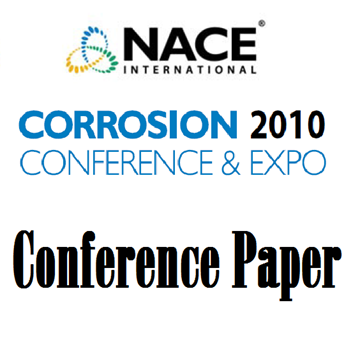Search
10261 Plasma Surface Engineering of Materials for Corrosion Protection
Also Purchased
10264 Subcritical Carbonitriding for Stainless Steels
Product Number:
51300-10264-SG
ISBN:
10264 2010 CP
Publication Date:
2010
$20.00
10236 Corrosion Resistance of Ni-Cr-Mo and Ni-Mo-Cr Alloys in Different Metallurgical Conditions
Product Number:
51300-10236-SG
ISBN:
10236 2010 CP
Publication Date:
2010
$20.00
10235 Urex+ 304L Stainless Steel Centrifugal Contactor Corrosion Due to Hydrodynamic Effects
Product Number:
51300-10235-SG
ISBN:
10235 2010 CP
Publication Date:
2010
$20.00




